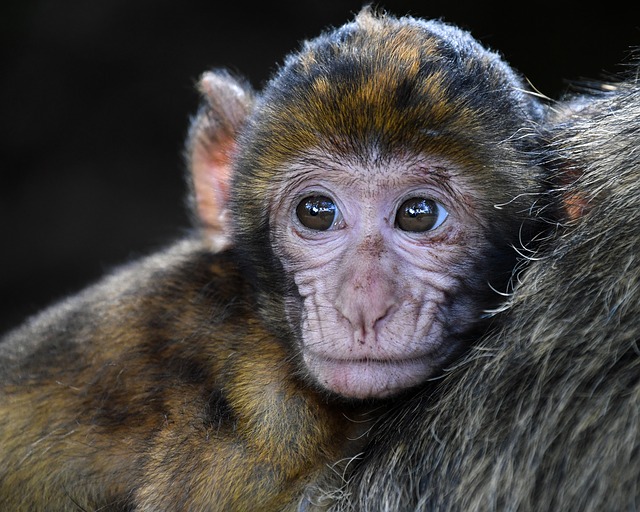Aggregated News

The images are unsettling, to put it mildly: a baby monkey whose skin grows eerily green, with glowing fingertips reminiscent of E.T.
This is “#10,” the world’s first live-born monkey that’s largely made up of embryonic stem cells, or ESCs, from a different embryo—in other words, a chimera. It’s the work of researchers at the Chinese Academy of Sciences in Beijing, who reported its creation Nov. 9 in Cell. While it’s not the first time scientists have facilitated the live birth of chimeric animals, it is the first time they’ve done so in a monkey. The development is both a major advancement for stem cell research and an ethics conundrum.
“Making chimeric monkeys could facilitate new kinds of genetic and developmental biology studies with more direct relevance to humans,” Paul Knoepfler, Ph.D., a stem cell biologist and cancer researcher at the University of California, Davis who was not involved in the study, told Fierce Biotech Research in an email interview. But, he added later, “there are some difficult questions and ethical considerations arising from this new paper.”
The monkey at...



